Monte Carlo Deep Learning Model for Quantitative Inversion of Total Nitrogen Concentration in the Source Area of the Yellow River Using Google Earth Engine
DOI: 10.23977/geors.2025.080104 | Downloads: 19 | Views: 863
Author(s)
Ruichun Chang 1,2, Chi Zhang 1,2, Jian Xu 1,2, Zhe Chen 3,4, Wanquan Tuo 5
Affiliation(s)
1 School of Mathematical Sciences, Chengdu University of Technology, Chengdu, 610066, Sichuan, China
2 Digital Hu Line Research Institute, Chengdu University of Technology, Chengdu, 610066, Sichuan, China
3 School of Mathematical Sciences, Chengdu University of Technology, Chengdu, 610066, Sichuan, China; Digital Hu Line Research Institute, Chengdu University of Technology, Chengdu, 610066, Sichuan, China
4 Department of Land, Environment, Agriculture and Forestry, University of Padova, Legnaro, PD 35020, Italy; Aerospace Information Innovation Research Institute, Chinese Academy of Sciences, Beijing, 100089, China
5 State Key Laboratory of Loess and Quaternary Geology, Institute of Earth Environment, CAS, Xi'an, 710061, China
Corresponding Author
Ruichun ChangABSTRACT
As a vital ecological barrier in China, the Yellow River source area's water changes significantly impact the regional environment. Traditional remote sensing inversion methods face challenges like limited accuracy and complex data processing. This study uses Sentinel-2 remote sensing data and ground-based hyperspectral data, combined with an improved deep learning model (MC-DL), to establish an efficient framework for key water parameter inversion. Focusing on Ruoergai County, the MC-DL model, enhanced by Monte Carlo dropout, quantitatively inverts total nitrogen (TN) concentration. The MC-DL model outperforms Support Vector Regression (SVR) and Convolutional Neural Network (CNN) in accuracy and stability (R² = 0.95, MAE = 0.08, MBE = -0.004, RMSE = 0.13).This study provides a new technological approach for water monitoring in the Yellow River source area and supports ecological management and protection.
KEYWORDS
Hyperspectral Remote Sensing; Monte Carlo Dropout Technique; Deep Learning; Total Nitrogen; Remote Sensing Quantitative InversionCITE THIS PAPER
Ruichun Chang, Chi Zhang, Jian Xu, Zhe Chen, Wanquan Tuo, Monte Carlo Deep Learning Model for Quantitative Inversion of Total Nitrogen Concentration in the Source Area of the Yellow River Using Google Earth Engine. Geoscience and Remote Sensing (2025) Vol. 8: 29-38. DOI: http://dx.doi.org/10.23977/geors.2025.080104.
REFERENCES
[1] Zhang, T., Liang, S., Zhao, G., et al., 2023. Evolution of Pattern and Service Functions of Ecosystem in the Source Region of the Yellow River. People’s Yellow River. 45 (9), 70-76. https://doi.org/10.3969/j.issn.1000-1379.2023.09.012.
[2] Yang, L., Yang, M., Yang, Y., 2023. Simulation and Application Progress of Water Environment Parameters Based on Multi source Remote Sensing. Leather Manuf. Environ. Prot. Technol. 4 (21), 81-83. https://doi.org/10. 20025/j.cnki.CN10-1679.2023-21-28.
[3] Wang, W., Li, Y., Lei, K., et al., 2022. Remote Sensing Retrieval of Total Nitrogen Concentration in the Mainstream and Part of Tributaries in the Liaohe Watershed. Chin. Rural Water Hydropower. 7, 32-40.
[4] Chen, J., Zhang, L., Zhang, H., et al., 2023. Comparative study on the hyperspectral estimation models of TP and TN in Baiyangdian water body. Nat. Remote Sens. Bull. 27 (7), 1642-1652. https://doi.org/10.11834/jrs.20210575.
[5] Yang, H., Kong, J., Hu, H., et al., 2022. A Review of Remote Sensing for Water Quality Retrieval: Progress and Challenges. Remote Sens. 14 (8), 1770. https://doi.org/10.3390/rs14081770.
[6] Zhang, Y., 2022. Monitoring water quality using proximal remote sensing technology. Sci. Total Environ. 803, 149805. https://doi.org/10.1016/j.scitotenv.2021.149805.
[7] Wu, H., Guo, Q., Zang, J., et al., 2021. Study on Water Quality Parameter Inversion based on Landsat 8 and Measured Data. Remote Sens. Technol. Appl. 36 (4), 898-907. https://doi.org/10.11873/j.issn.1004-0323.2021.4.0898.
[8] Vakili, T., Amanollahi, J., 2020. Determination of optically inactive water quality variables using Landsat 8 data: A case study in Geshlagh reservoir affected by agricultural land use. J. Clean. Prod. 247. https://doi.org/10.1016/j.jclepro.2019.119134.
[9] Liang, W., Wu, Y., Shi, Y., et al., 2024. Retrieval of water quality in the Taipu River based on UAV hyperspectral imagery. Bull. Surv. Mapp. 29-34. https://doi.org/10.13474/j.cnki.11-2246.2024.0406.
[10] Liu, X., Zhang, M., Xie, T., et al., 2024. Spatial-temporal changes of chlorophyll a and turbidity in Honghu Wetland based on multi-source data and machine learning. Resour. Environ. Yangtze Basin, 1-15 http://kns.cnki.net/kcms/detail/42.1320.X.20240429.1133.002.html.
[11] Gorelick, N., Hancher, M., Dixon, M., et al., 2017. Google Earth Engine: Planetary-scale geospatial analysis for everyone. Remote Sens. Environ. 202, 18-27. https://doi.org/10.1016/j.rse.2017.06.031.
[12] Li, Y., Sun, X., Guo, Y., et al., 2020. Remote Sensing Retrieval of Water Quality Parameters in Poyang Lake Based on the Gradient Boosting Decision Tree Algorithm. Spacecraft Recov. Remote Sens. 41 (6), 90-102. https://doi.org/10.3969/j.issn.1009-8518.2020.06.009.
[13] Gal, Y., Ghahramani, Z., 2016. Dropout as a bayesian approximation: Representing model uncertainty in deep learning. Proc. Int. Conf. Mach. Learn. 1050-1059. https://doi.org/10.48550/arXiv.1506.02142.
| Downloads: | 1064 |
|---|---|
| Visits: | 110130 |
Sponsors, Associates, and Links
-
International Journal of Geological Resources and Geological Engineering

-
Big Geospatial Data and Data Science
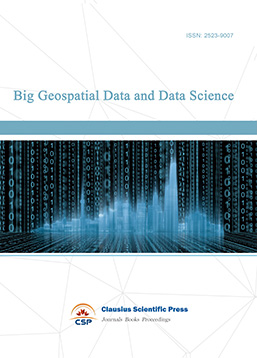
-
Solid Earth and Space Physics
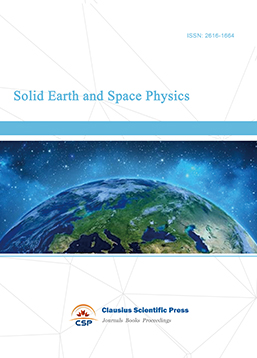
-
Environment and Climate Protection

-
Journal of Cartography and Geographic Information Systems

-
Environment, Resource and Ecology Journal

-
Offshore and Polar Engineering
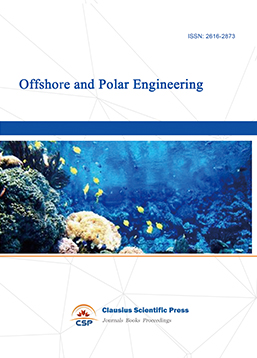
-
Physical and Human Geography
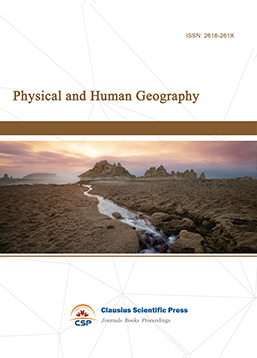
-
Journal of Atmospheric Physics and Atmospheric Environment
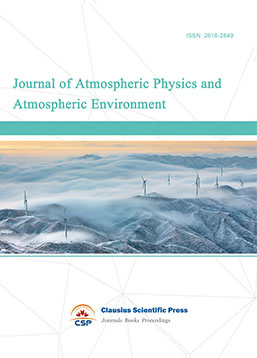
-
Trends in Meteorology
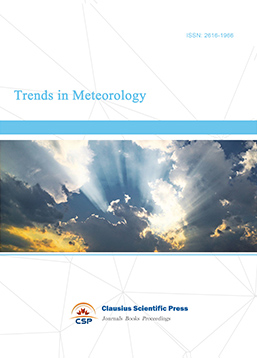
-
Journal of Coastal Engineering Research
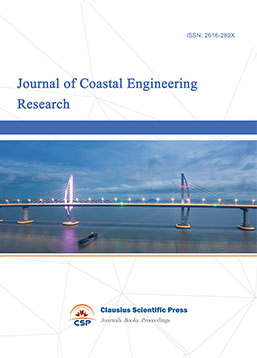
-
Focus on Plant Protection

-
Toxicology and Health of Environment

-
Advances in Physical Oceanography

-
Biology, Chemistry, and Geology in Marine
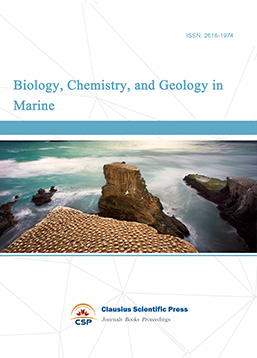
-
Water-Soil, Biological Environment and Energy
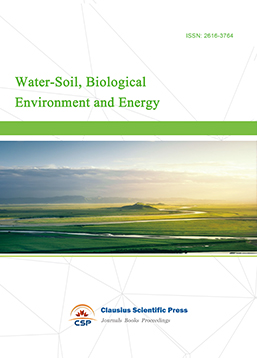
-
Geodesy and Geophysics
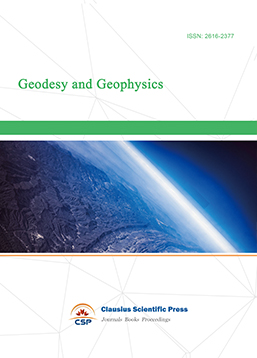
-
Journal of Structural and Quaternary Geology
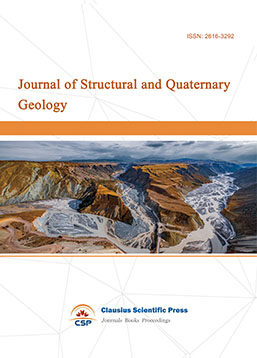
-
Journal of Sedimentary Geology

-
International Journal of Polar Social Research and Review
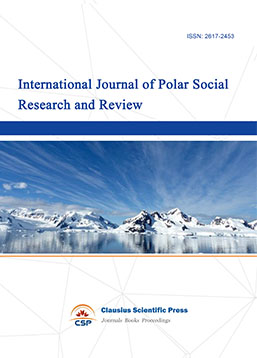

 Download as PDF
Download as PDF